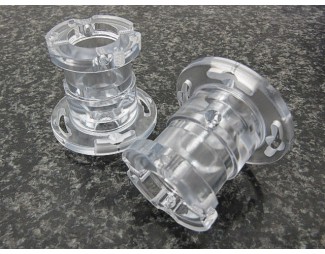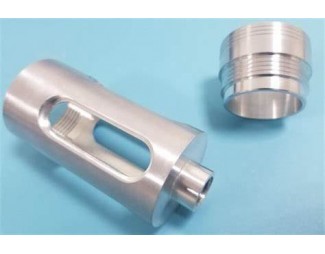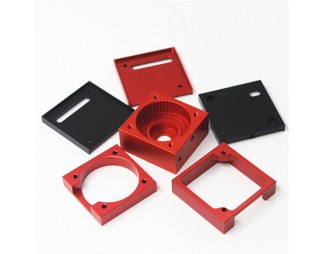HOW DOES VACUUM CASTING WORK?
HOW DOES VACUUM CASTING WORK?
1. 3D Model Of The Component
The vacuum casting process requires you to have a high-quality master pattern. A high-quality master model can be the industrial part itself. Additionally, you can use models created using stereolithography, an example of a prototyping application.
You should always make sure that the master model you are using has the correct size and appearance. This is to ensure that no defects are transferred to the model prototype after the process is completed.
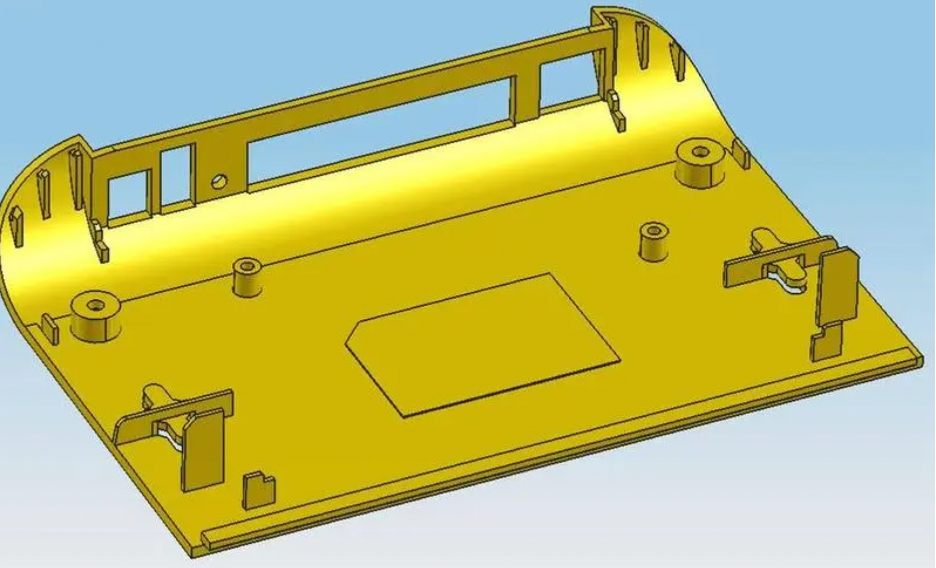
2. Cure Process
The master model is then encapsulated in a two-part silicone rubber mold. The mold is cured at high temperatures to ensure the two parts are held together. This is used to strengthen the mold and make it more durable. After the mold has hardened, it is cut open with a cavity in the center the same size as the main model. After the mold is divided into two parts, it is placed in a vacuum chamber.
Then, the specified material is later filled into the mold to manufacture the product.
3. Making Resin Material
Before casting, a resin mixture is prepared by mixing the resin with the other casting components and heating the resin. Depending on the type of product to be manufactured, different types of resin mixtures are available, with different material and structural qualities.
Resin mixtures are made by combining two parts of resin in a container by heating the mixture.
After the mold is filled with resin material, it is placed in a vacuum chamber. It is placed in a vacuum chamber to ensure that there are no air bubbles in the mold. This is to ensure that the final product will not be damaged or damaged.
4. Final Cured
After the solution in the mold is completely solidified and the mold is properly sealed, the mold is placed in a vacuum casting machine for casting.
Depending on the type of resin used, the temperature and time of pouring may vary, but the process remains the same. After casting is complete, the mold is left in the casting machine to harden. Aging helps castings retain their structural rigidity after removal from the mold.
After curing is complete, the mold is removed from the machine and the two halves of the mold are separated to properly remove the casting. Proper demoulding of castings is very important to ensure that the casting is not damaged when it is removed from the mold. Excess material such as gates and runners are trimmed away when the casting is removed from the mold.
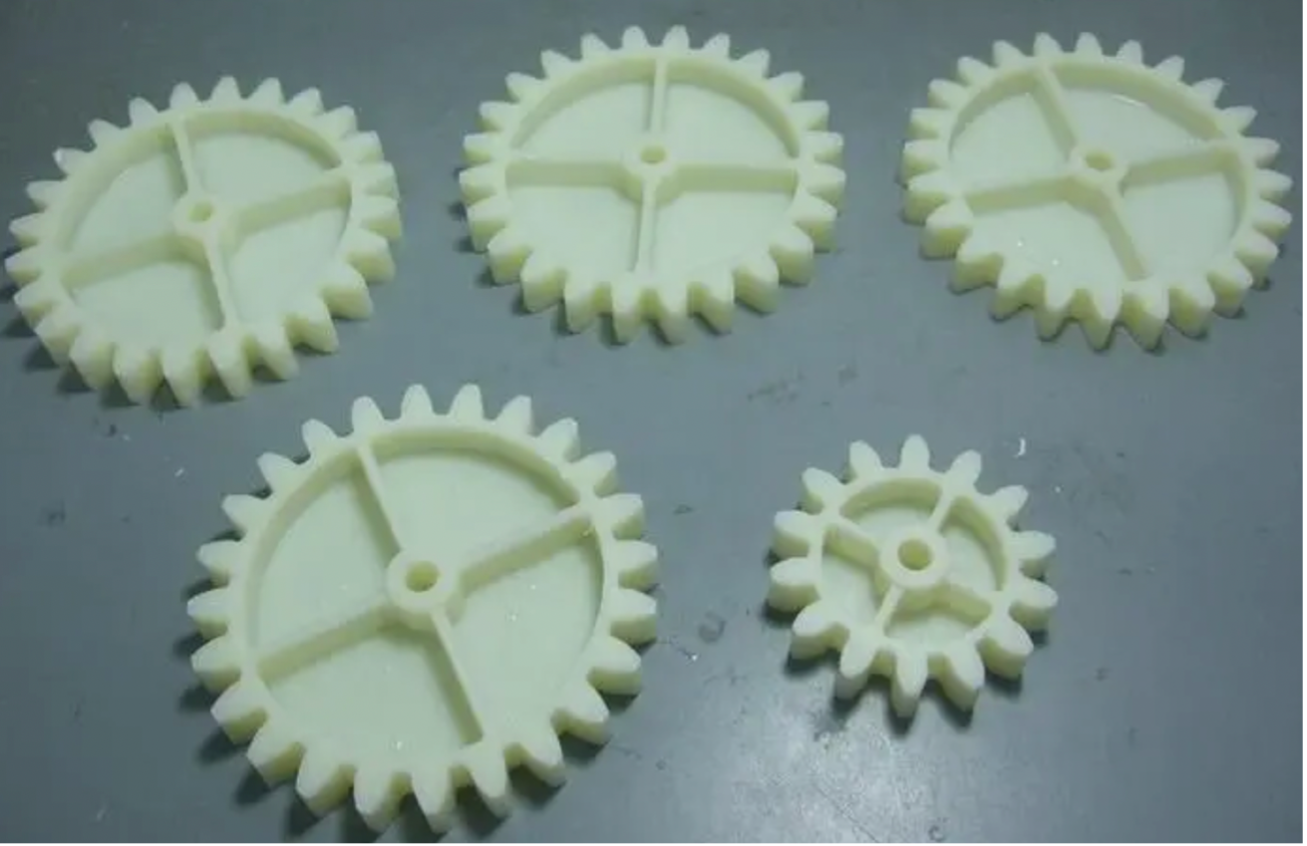
Please feel free to contact us via enquire@abcrapid.com to get more information.
Search
Recent Post







